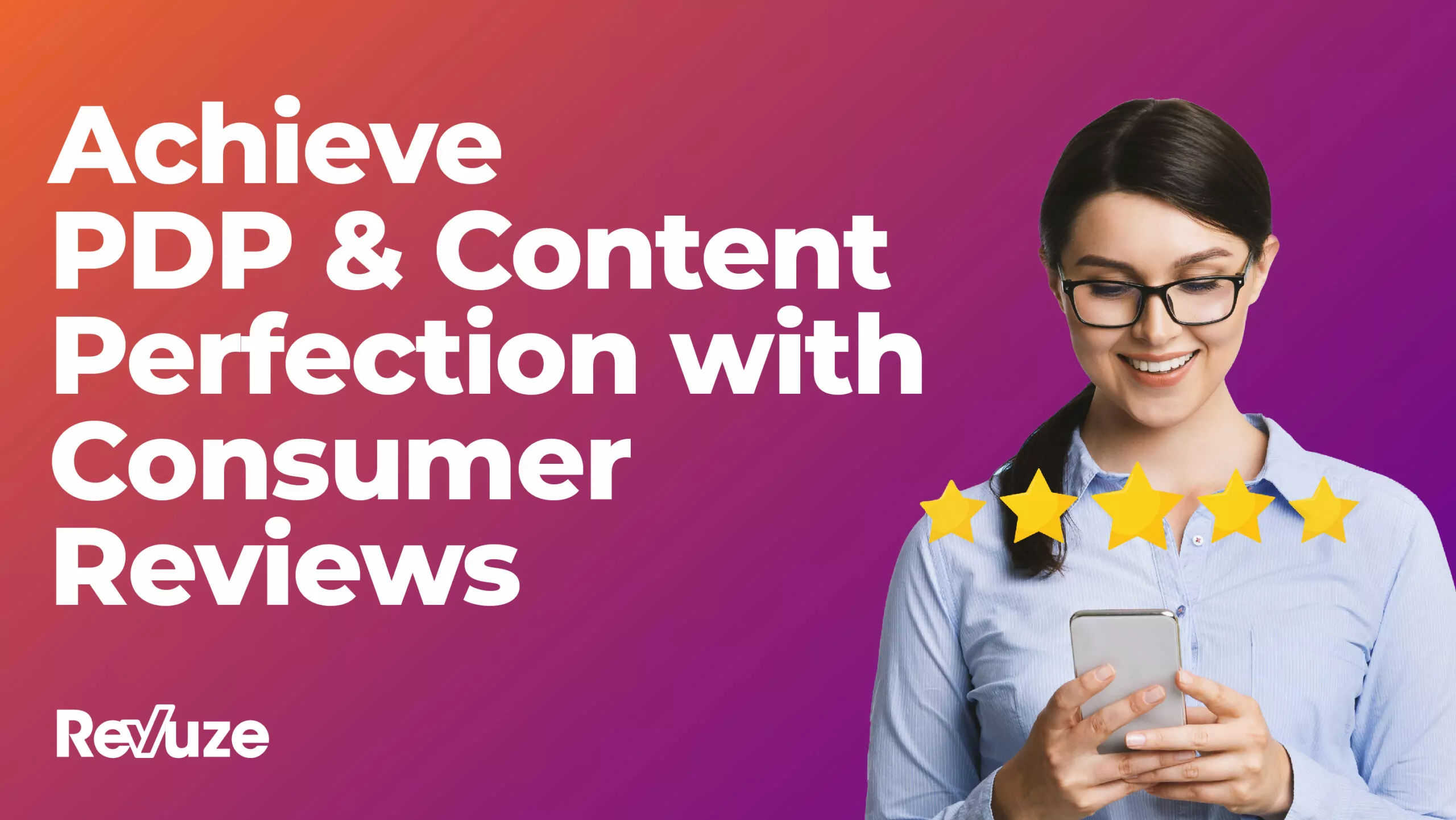
Potential buyers used to go to brick and mortar stores to connect with products before they made their purchase. They’d assess the products on the shelf and would do a quick and dirty assessment on the spot. Is the product worth it? How does it compare to the competitors? Is it a quality product? What does it smell like?
Now, it’s an entirely new ball game when it comes to the digital shelf. There’s no debate–online purchases are soaring and will hit a record high in 2023, reaching $6.3T globally. Consumers will be browsing through the various products and your brand’s digital shelf has a very brief opportunity to stand out in the crowd. You have one chance to connect and communicate with your potential customers. This means sharing your brand identity, the product description, features, and more.
The underlying question is the effectiveness of the Product Description Pages (PDPs). In one brief description and a few visuals, companies have to successfully convey their value to the potential buyer. Sometimes the issue is that companies and consumers don’t use the same language to describe or relate to a brand or product.
This blog post will take a deep dive into how marketing professionals can use consumer insights from online reviews to optimize content on PDPs.
Product Description Pages (PDPs)
Before we get started, let’s take a look at a sample PDP and the different facets of the page. Here we see the PDP for the Hamilton Beach Portable Blender on Amazon.
- Product name: A clear descriptive and distinctive product name
- Product visuals: Here there are a number of static images plus a short video clip to showcasing the product to make shakes
- Product price: We see that this is a sale price, making it more attractive to buyers
- Product variations: In this case we see the product is available in a variety of colors and styles
- Specifications: This includes the brand, product dimensions, color, material and special features. In this case, the company highlights that this is a dishwasher safe product
- Product description: The company provides an in-depth product description
Leveraging the consumer insight data for PDP optimization
If you’re trying to understand whether your PDP measures up, it’s critical to learn whether the product met consumers’ expectations. Expectations are defined based on the PDP page. In the example below, we honed in on the “Met Expectations” topic for the past 12 months, to understand how much work needs to be done to optimize the PDP page. On the left, we see that the topic fluctuated between positive, neutral, and negative sentiment in the past year or so. Besides textual changes, PDPs can be refreshed with new images that better highlight product usage and features.
If we look at the term cloud we see positive descriptors like pleasantly surprised, love, and perfect. Notably, one of the negative descriptors is meet expectations.
We see the different sentiments reflected in the reviews below:
- Positive: “I saw this on the Today show and decide to purchase it. I have a big blender and wanted something smaller. It works great. It has the power of a large blender. It is great for making smoothies and milkshakes and rec. The price was much lower then advertised on the Today show at Amazon.”
- Negative: “I thought I read that it was cordless. That is the whole reason I bought it. It works…and is a blender. Just different than what I was looking for.”
The negative feedback captures the misalignment between what was described in the PDP page and the consumer’s expectations. This is a great opportunity for Hamilton Beach to update their page and underscore that their product isn’t cordless. By doing so, they are managing consumers’ expectations, ultimately reducing negative feedback.
This process we did with the “Meet Expectations” topic, can be done with each topic that emerged. This is an opportunity to accentuate the positive by identifying the product features that consumers are raving about. That means looking at the topics with a positive consumer sentiment. Some topics include portability, gift purposes, cleanability, capacity. Dig into each of the topics and mention them in the PDP so the page will use consumers’ own words. This can be part of the product’s overall description and specifications.
Other Keyword Uses
We talked about using the keywords identified in consumer reviews to bolster and enhance PDP pages. But there are other ways to leverage this information. The term cloud can help you optimize your website content for SEO. Again, this is an opportunity beyond your digital shelf on online retail sites to put your best foot forward. Ensure that your words reflect those of consumers because chances are their lingo is also how they’re searching for your product.
This is also an opportunity to use topic keywords for your online ads on Amazon, Google, or Meta. They can be the key to increasing your online conversions.
Align Category Messaging with SWOT Analysis
Another way to up your messaging game is to use Revuze’s generative AI SWOT analysis. This chart dissects seven brands across the entire blender category. This cut of the data can help you prioritize messaging relating to your brand. In this case, strength and opportunities messaging should be put forward. Decide which messaging is most important by analyzing the share of discussion and consumer sentiment numbers.. Again, this will help your company to stay aligned with what’s important to the market overall.
Learn from the Best and the Worst
As always, some of the best inspiration comes from competitors. Revuze’s Best and Worst dashboard makes it easy for you to delve into your competitors. You have the ability to do a detailed product analysis to understand what your competitors’ consumers are saying about their products. These words can also be integrated into your PDP, website content, messaging and other marketing initiatives. That means for each product, you dive into various topics to get inside consumers’ heads. What do they love about the product and how do they communicate that in the word? The messaging and PDP optimization can help broaden your market share.
Conclusion
In today’s digital retail landscape, where online purchases are reaching unprecedented levels, the effectiveness of Product Description Pages (PDPs) has never been more critical. Companies now have a single opportunity to connect and communicate with potential customers through their digital shelf. To achieve PDP and content perfection, leveraging consumer insights from online reviews powered by generative AI, such as Revuze, is a top priority. By analyzing consumer sentiment and expectations, companies can optimize their PDPs, align messaging with SWOT analysis, and even gain inspiration from competitors’ successes and failures. This data-driven approach not only enhances the customer experience but also strengthens brand identity and boosts online conversions. In a world where every word matters, Revuze’s consumer insights offer a competitive edge in standing out amid the digital shopping crowd.
 All
Articles
All
Articles Email
Analytics
Email
Analytics




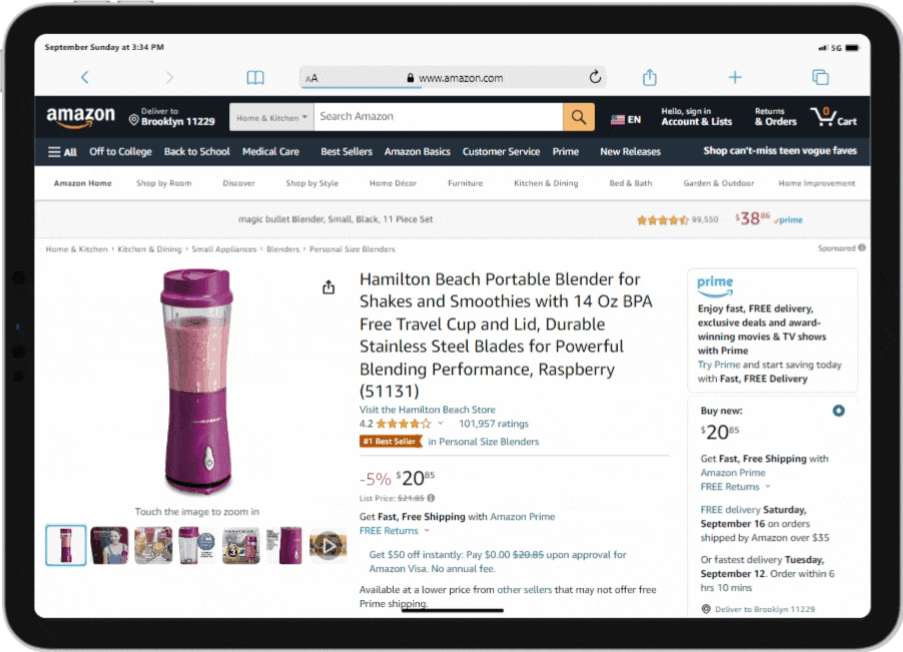

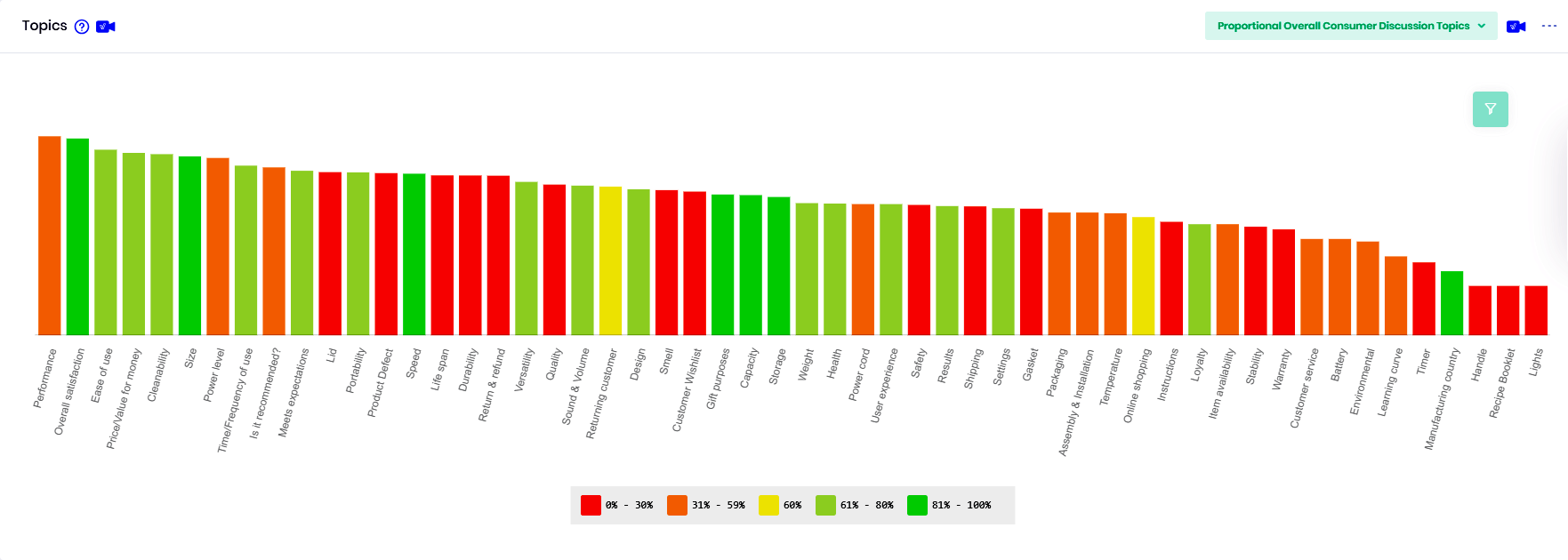
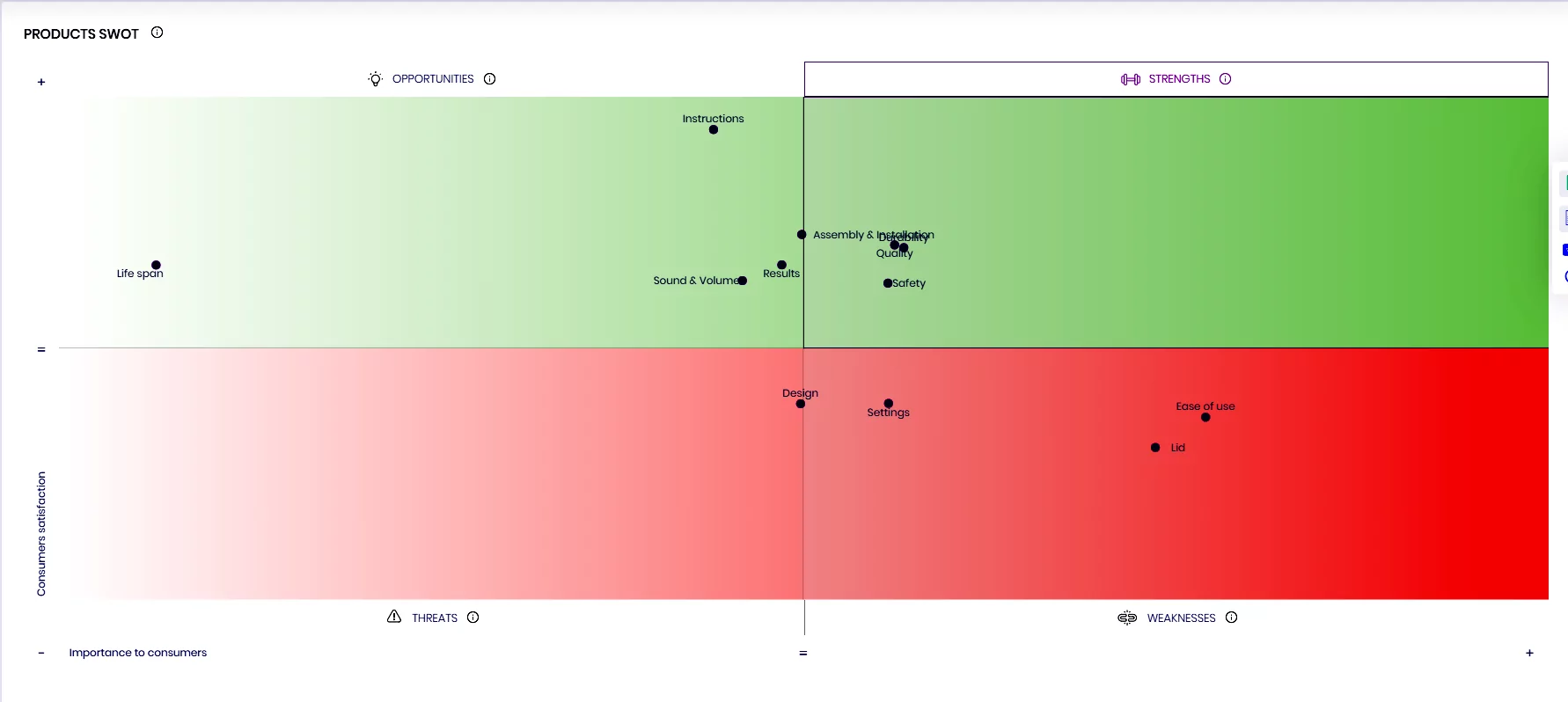
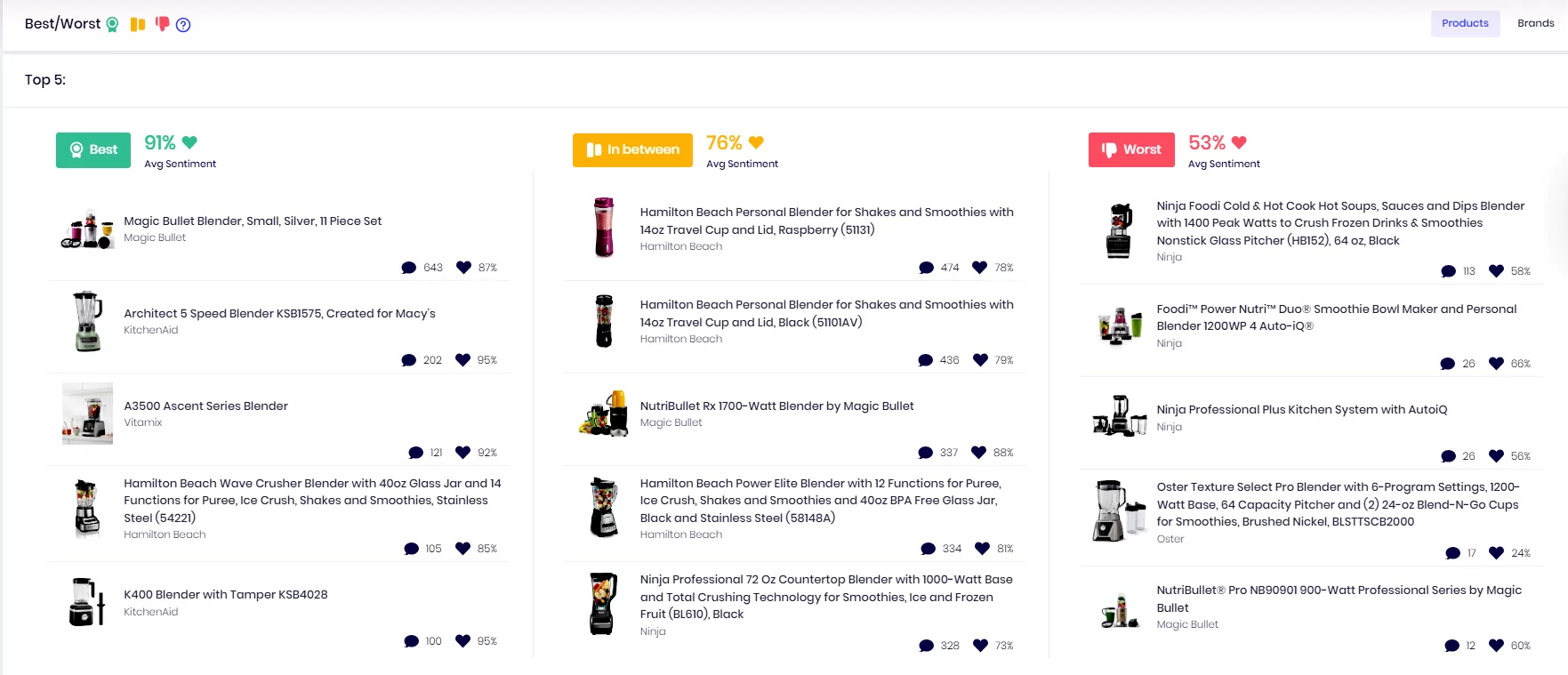
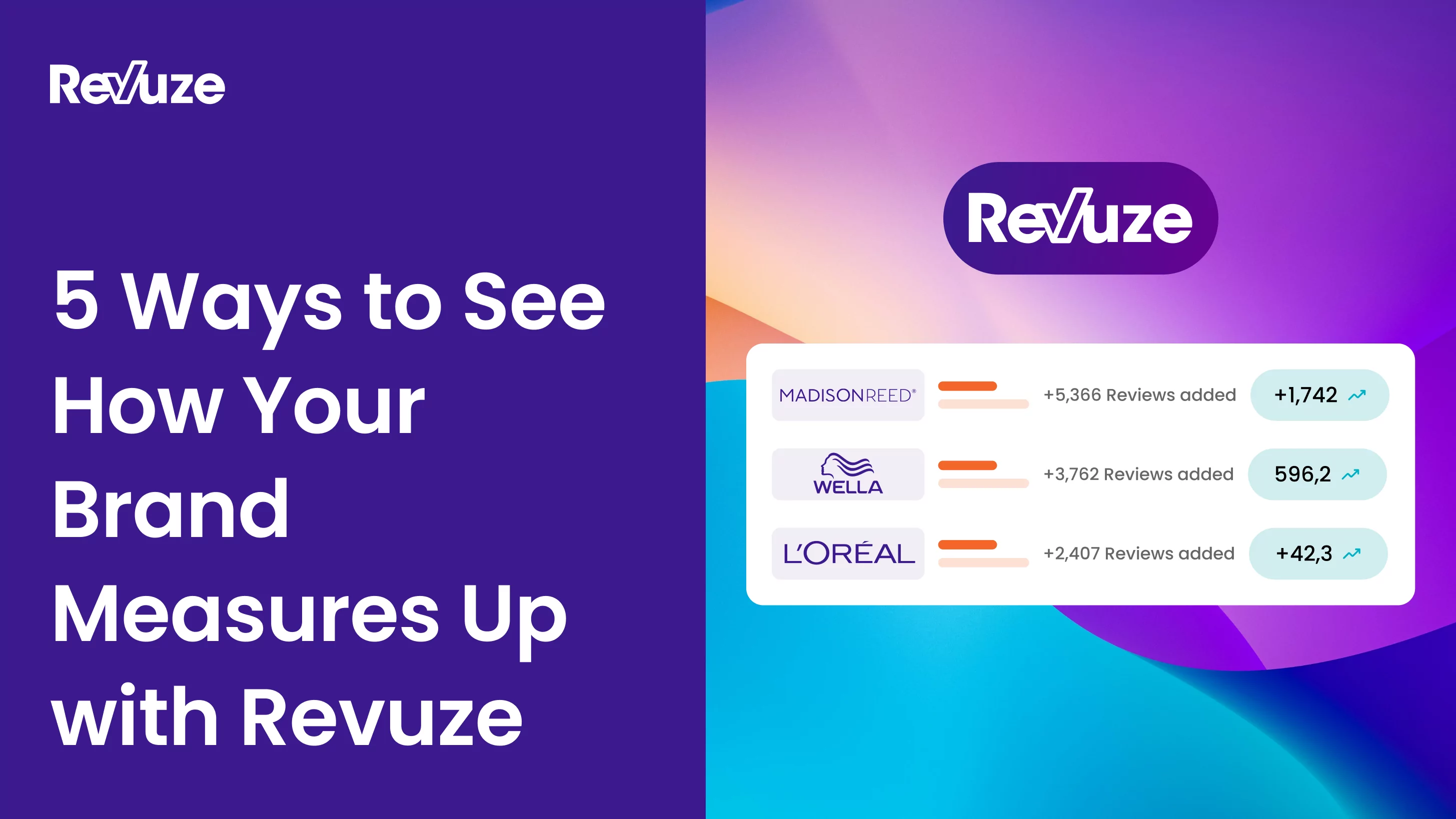
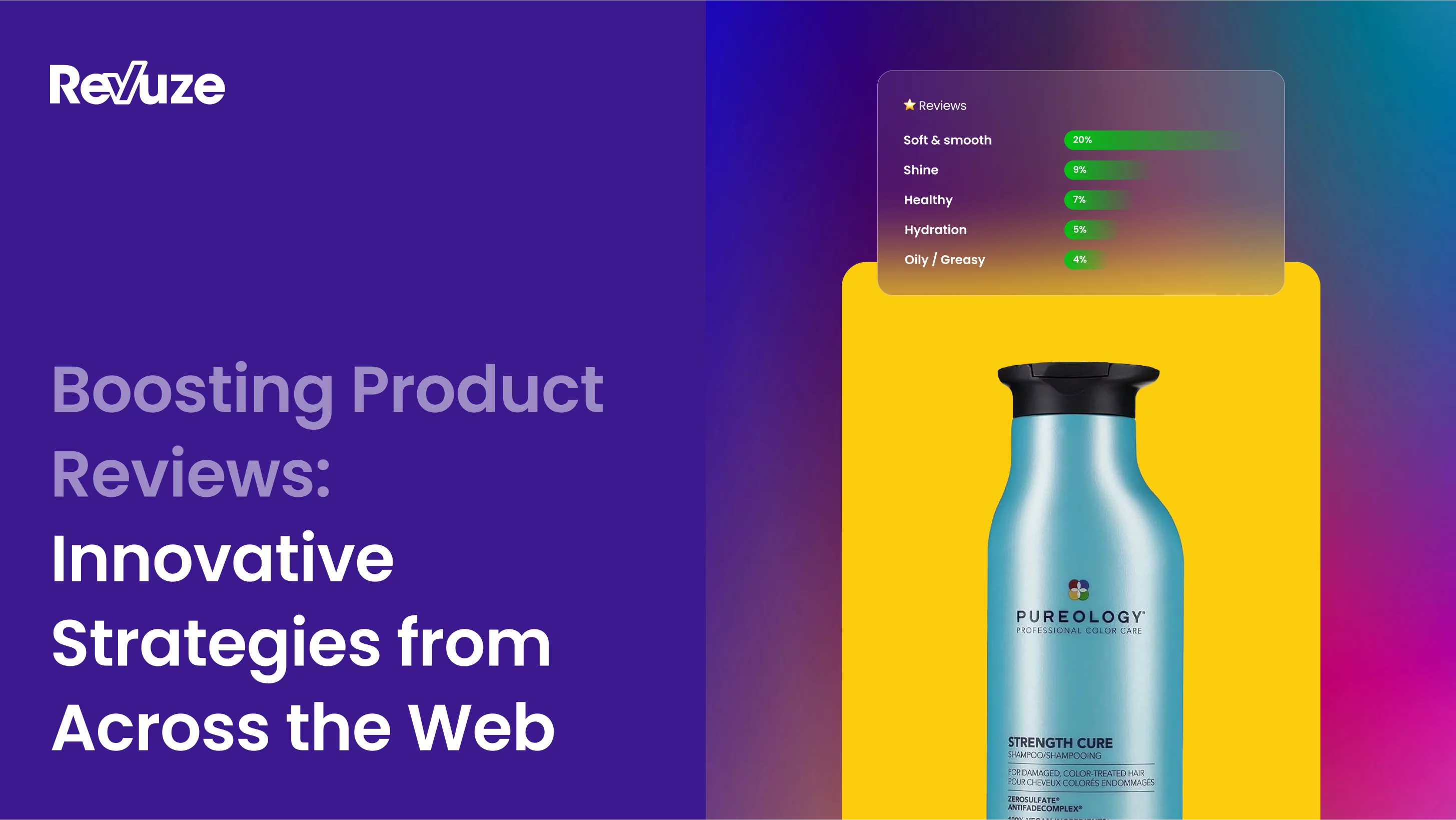
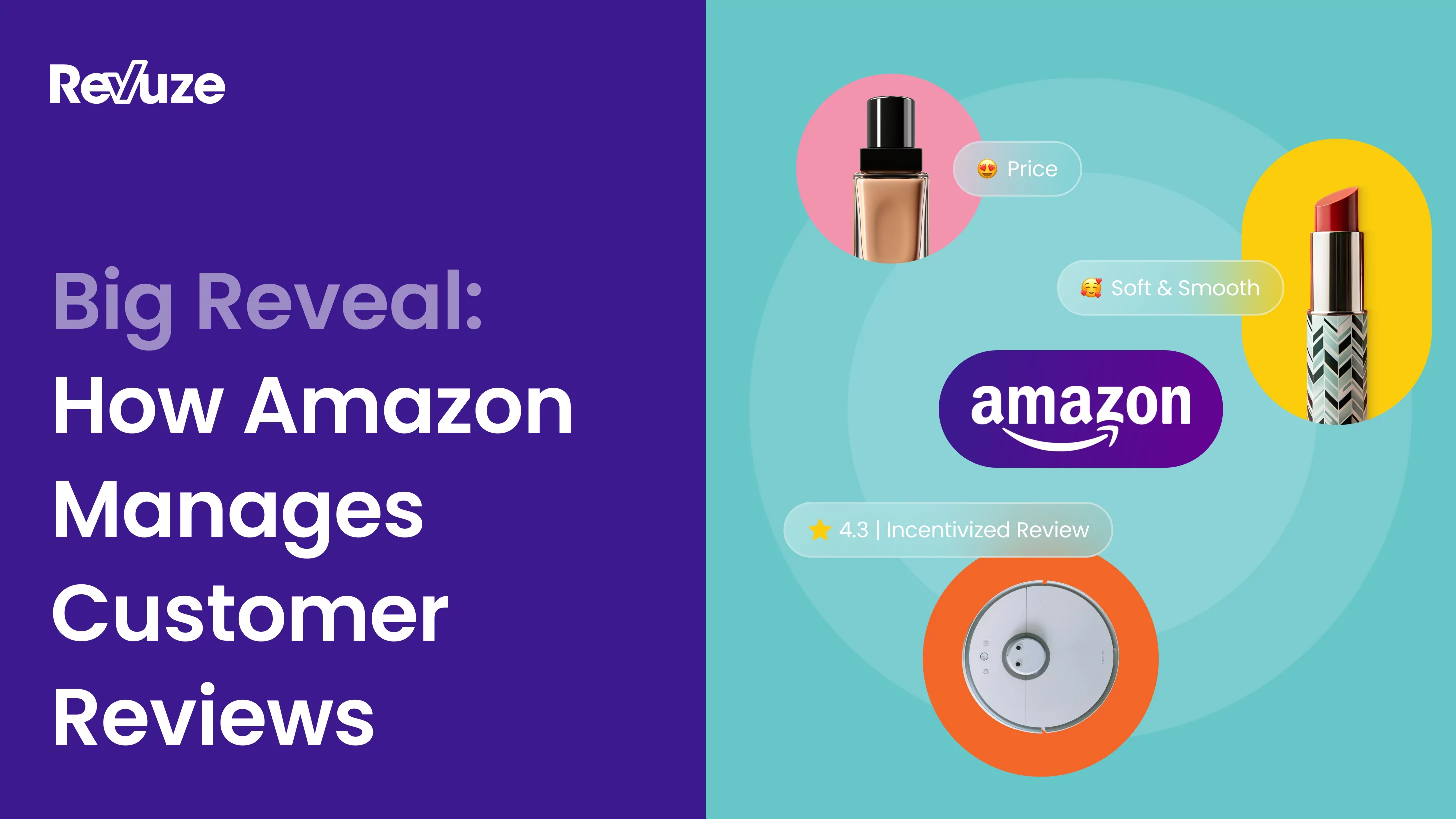
 Agencies
Insights
Agencies
Insights